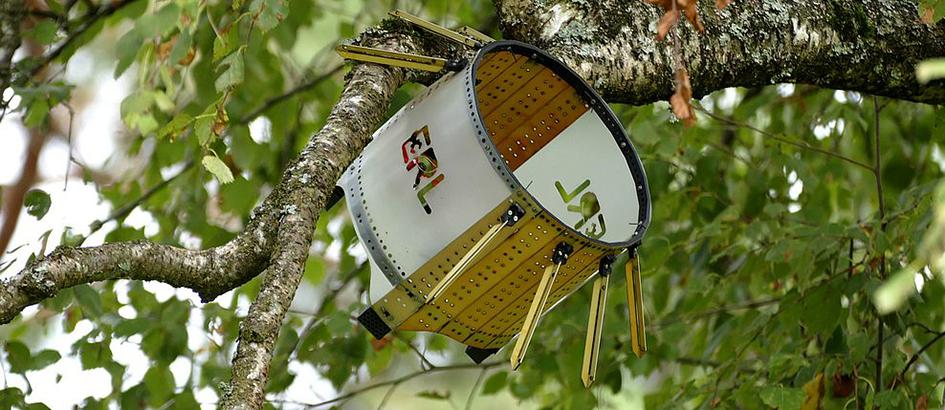Researchers at the Swiss Federal Institute for Forest, Snow and Landscape Research (WSL) are now using flying environmental robots to monitor treetop activity. According to a press release, this special drone was developed at the Swiss Federal Institute of Technology in Zurich (ETH) and built in Birmensdorf in the canton of Zurich, where the WSL is based. Forests cover about one third of the Earth’s surface, also in Switzerland, the WSL press release explains. Moreover, forests are hugely important for biodiversity, climate regulation and ecological balance. In order to research them effectively and protect their valuable ecosystems, data from the canopy is also required.
Up to now, a head for heights and talent for climbing or expensive scaffolding was needed to research environmental conditions in forest canopies. Using the HEDGEHOG drone developed by a team led by ETH Professor Stefano Mintchev, observations of this kind can now be carried out from terra firma. The drone is able to perch on branches. In this sitting position, the drone can turn off its motor before sending audio and video recordings to the ground station. This ensures that disruption to life in the treetops is kept to a minimum and activities can be monitored in their original form.
The HEDGEHOG drone is described in the WSL press release as a cylindrical protective cage with a set of spikes that allows it to cling to branches. The protective cage houses the propellers and facilitates safe flight even when contact with leaves and branches is unavoidable. The pilot can put the drone into standby mode using the remote control. At the end of the observation, the robot can be started again and brought back to the base.
The scientific journal “IEEE Robotics and Automation” has published a detailed article on the HEDGEHOG canopy drone.




